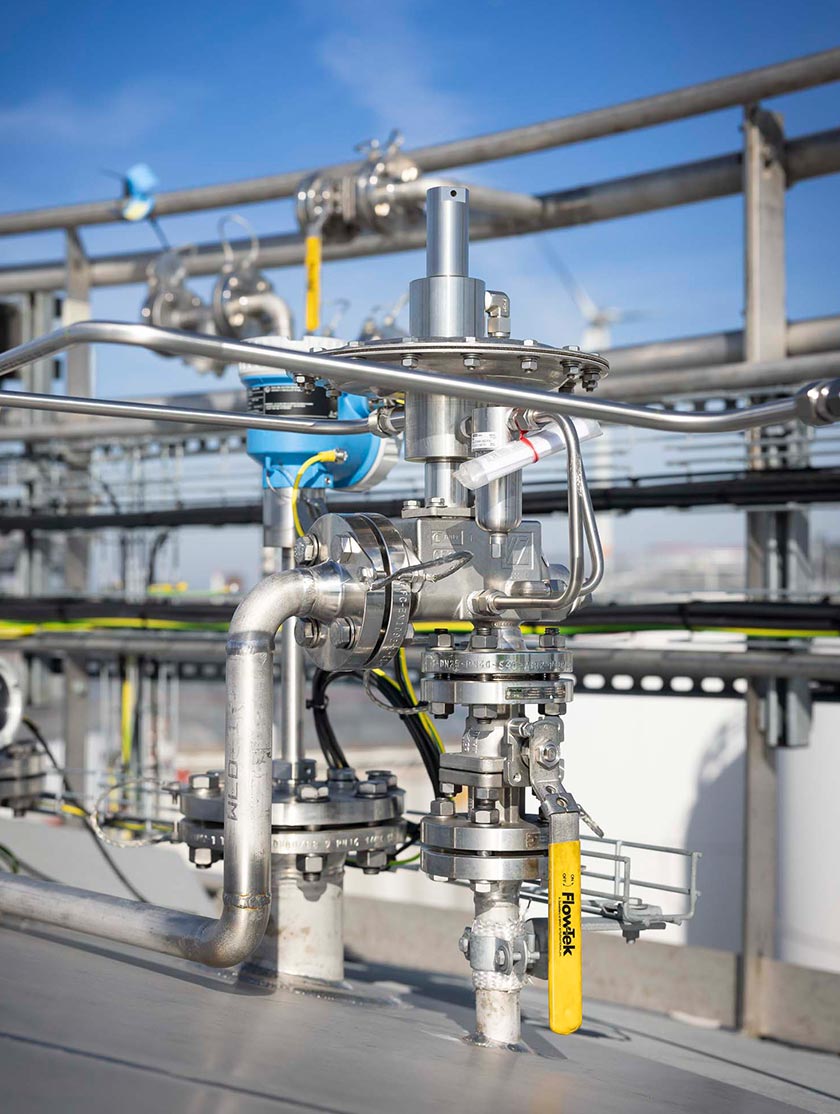How Material Selection Affects Pressure Reducing Regulator Performance
Pressure reducing regulators (also referred to as pressure regulators) are critical components of fluid control systems, designed to maintain stable downstream pressure despite fluctuations in upstream pressure and flow demand. Their reliable performance ensures the safety, efficiency and longevity of pipelines and equipment. One of the most influential factors affecting the performance and life of pressure reducing regulators is the selection of materials used in their construction. This article examines how material selection impacts these critical regulators and why choosing the right materials is essential for optimum performance.
Understanding Pressure Reducing Regulators
Before delving into the details of materials, it is important to understand what pressure reducing regulators do. They reduce higher inlet pressure to a lower, controlled outlet pressure, ensuring that downstream components operate within safe pressure limits. Pressure reducing regulators are commonly used in industries such as oil and gas, water treatment, chemical and HVAC.
Key Performance and Life Considerations
- Corrosion Resistance
Because pressure reducing regulators often handle corrosive or reactive fluids, including gases such as natural gas, air, steam or liquids such as water and chemicals, materials must be corrosion resistant to maintain structural integrity and prevent leakage. Corrosion can degrade internal parts such as the valve seat, diaphragm and body, resulting in failure or damage. - Mechanical Strength
Pressure reducing regulators are subjected to variable pressure loads. Materials must have sufficient tensile strength and toughness to withstand pressure fluctuations without warping, cracking or breaking. Mechanical fatigue is especially important in dynamic pressure environments. - Temperature Tolerance
High or low operating temperatures can affect regulator materials. Some elastomers or plastics used in diaphragms or gaskets can degrade at extreme temperatures, compromising seal performance and causing leakage. Metals and alloys must maintain their mechanical properties throughout the temperature range. - Chemical Compatibility
Internal wetted parts, such as valve seats and gaskets, must be compatible with the fluid. Chemical incompatibility can cause some components to swell, become brittle or dissolve, resulting in reduced performance.
Common Materials Used in Pressure Reducing Regulators
- Brass
Brass is widely used for regulator bodies and internal components due to its good corrosion resistance in water and weak gases, ease of machining and moderate strength. However, brass is not suitable for highly corrosive media or environments due to dezincification. - Stainless Steel
Austenitic stainless steels (e.g. grades 304, 316) offer excellent corrosion resistance, mechanical strength and temperature tolerance, making them ideal for harsh environments and corrosive media. Stainless steel regulators are often recommended in the chemical, food and pharmaceutical industries. - Aluminium
Lightweight aluminium alloys are used where weight saving is important, but typically offer lower corrosion resistance and mechanical strength than stainless steel or brass. Aluminium regulators are common in air or inert gas applications. - Elastomers and Polymers
The choice of materials for diaphragms, sealing rings and sealing elements is very varied. Common elastomers include Buna-N (nitrile), Viton (FKM), EPDM and PTFE. Each material offers different chemical resistance, temperature range and flexibility:- Buna-N: Excellent for hydrocarbons, but limited heat tolerance.
- Viton: Suitable for higher temperatures and resistant to chemicals.
- EPDM: Ideal for steam and hot water, but poor for hydrocarbons.
- PTFE: Wide chemical resistance and temperature tolerance, often used as seats or seals.
Impact of Material Selection on Regulator Performance
- Leak Prevention: Selecting materials with adequate chemical compatibility and temperature stability ensures a tight seal and prevents leaks that can cause safety hazards or performance losses.
- Precision and Stability: Materials with stable mechanical properties maintain consistent spring and diaphragm functions, allowing for precise and stable pressure relief.
- Response: Lightweight materials with low hysteresis improve the regulator's ability to respond quickly to pressure changes.
- Service Intervals: Corrosion- and wear-resistant materials reduce the need for frequent repairs or replacements, reducing downtime and life cycle costs.
Impact of Material Selection on Life
- Corrosion and Wear Resistance: High-quality materials extend service life by resisting internal and external corrosion, erosive wear, and abrasion from fluids containing solids.
- Thermal Cycling Resistance: Thermal fatigue-resistant materials withstand expansion and contraction cycles without cracking or deforming.
- Mechanical Fatigue Resistance: High-strength materials withstand dynamic loads, pressure surges, and vibration without cracking.
- Chemical Stability: Durable materials resist degradation due to contamination or chemical exposure, helping to avoid premature failure.
Conclusions
Material selection in pressure reducing regulators is a critical factor that directly impacts their performance, reliability, and longevity. Selecting the appropriate metals and elastomers based on the application environment ensures optimal function, safety, and extended service life.
Need the Right Pressure Reducing Regulator? Get Expert Help Selecting the Ideal Regulator Engineered for Performance |
Cashco’s pressure reducing regulators are designed for precise pressure control across a wide range of industrial applications—delivering reliability, safety, and efficiency. For more information about Cashco's regulators, view all models here .
Cashco's priority is to make sure you select the right product for your application. Need help sizing your regulator? Complete our Regulator Sizing Form and our experienced team will gladly assist you in finding the ideal product!
Animated Guide: Pressure Reducing Regulator Function |
Discover the workings of a pressure reducing regulator in our animation video. Using the force-balance principle, this device reduces and maintains downstream pressure in a pipeline. Watch as we demonstrate how the regulator’s diaphragm and valve assembly create resistance to reduce upstream pressure. Learn how downstream flow demands impact the regulator, causing it to adjust and maintain a constant pressure.





